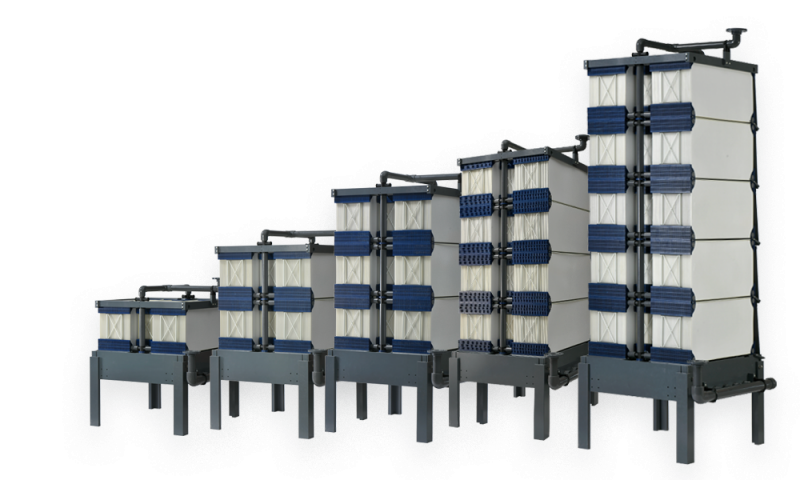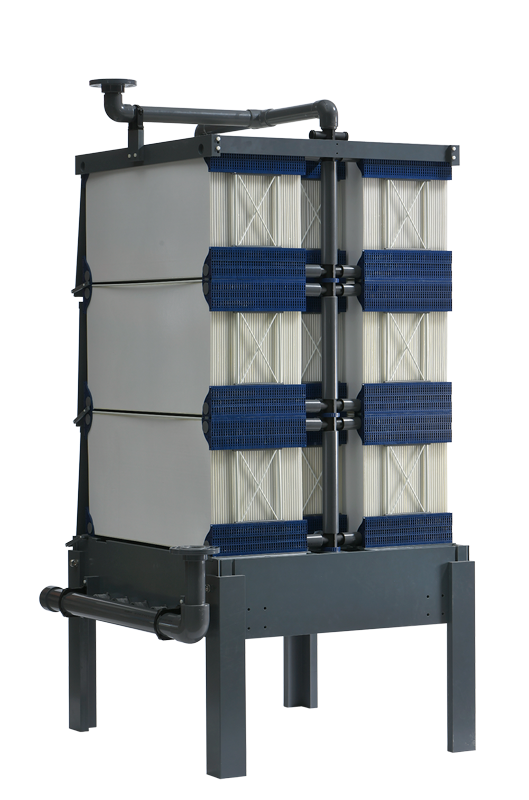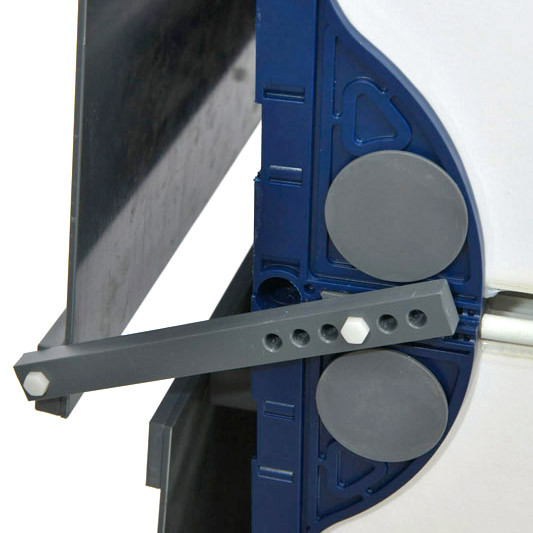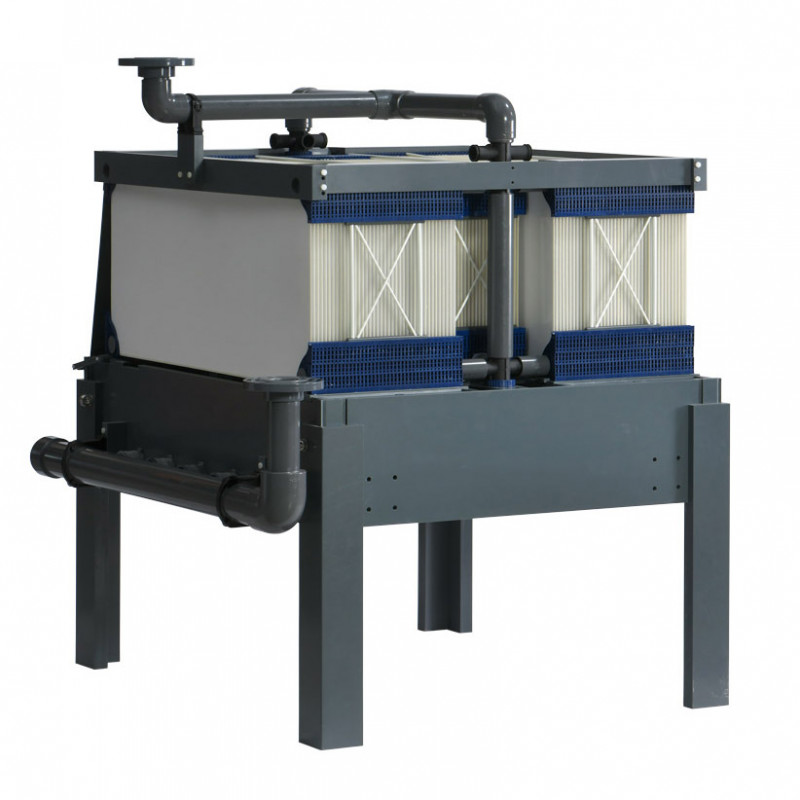MYTEX H4L membrane modules
Robust. Modular. Easy to service.
Limited spaces and service areas which are difficult to access - these are just two major challenges that our customers and service team face every day. Experiences like that have prompted us to design units that are modular and particularly easy to service.


With the MYTEX H4L, we designed a new generation of flexible and robust membrane modules. As a plug-in design, it can be transported in a cost-saving way. At the same time, it can be installed and expanded very easily.
The newly developed base frame of the MYTEX H4L is very stable, yet lightweight and configurable to different sizes.
MYTEX modules are very safe to operate and they ensure a service-friendly process. One reason is optimized module design when it comes to hydraulic, with flow guiding plates for additional crossflow.
The frameless design ensures optimal access to the system and prevents clogging and blockages - making cleaning and maintenance much easier.

